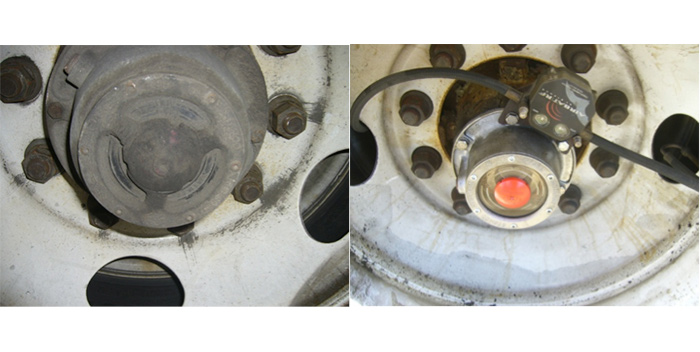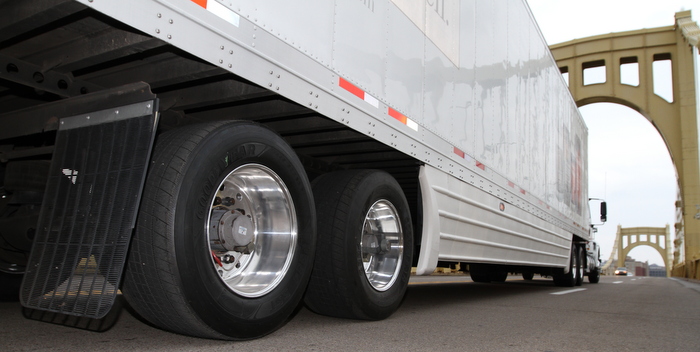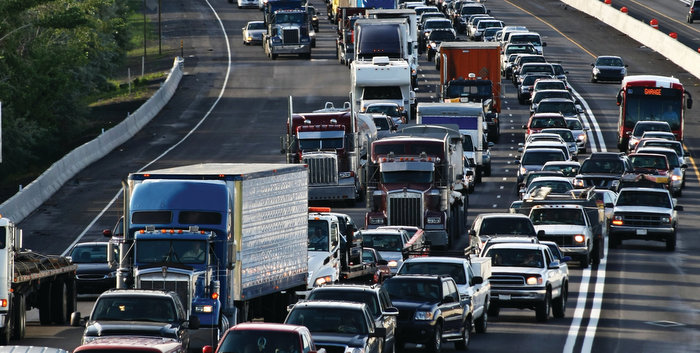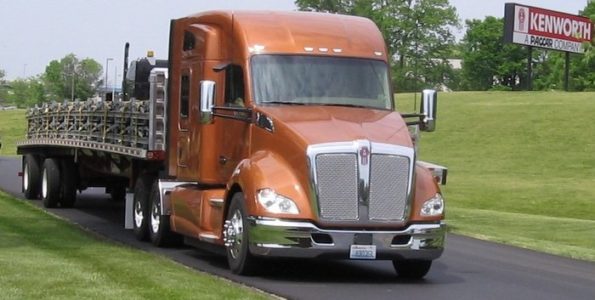Since the Environmental Protection Agency (EPA) and National Highway Traffic Safety Administration (NHTSA) Greenhouse Gas initiative was mandated for the transportation industry, OEMs and suppliers have been maneuvering to get vehicle technology in place to meet those standards. Recently, at the Technology & Maintenance Council annual meeting, a group of industry OEMs and a spokesperson from the EPA provided insights during the first technical session outlining how the standards would affect trucking fleets.
According to Byron Bunker, U.S. EPA, the GHG program, which addresses fuel efficiency and emission standards for trucks in model years 2014 through 2018, the agency was directed to work toward a goal of meeting the demands using available technology. Using available truck technology might be construed as both good news and bad news. The good news is, it applies to current engine and emission technologies that are proving themselves to be efficient; tweaking and additional modifications will be needed for the next emission milestone.
The EPA and NHTSA standards that make up the Heavy-Duty National Program apply to combination tractors (semi trucks), heavy-duty pickup trucks and vans, and vocational vehicles (including buses and refuse or utility trucks). This program responds to President Obama’s 2010 request to jointly establish greenhouse gas emissions and fuel efficiency standards for the medium- and heavy-duty highway vehicle sector. On Nov. 3, 2011, EPA conducted a workshop on the certification process for medium- and heavy-duty engines and vehicles to comply with greenhouse gas emissions standards and fuel efficiency standards. Several truck, tractor and engine makers were at the table as part of the decision-
making process.
Separate standards are set for engines and tractors/trucks. Engines need to be 3% more efficient by 2014, and another 3% by 2017. The standards for tractors focus on vehicle aerodynamics to reduce fuel consumption. There are nine separate categories for determining fuel efficiency, each are based on class and type of vehicles—Class 7 daycabs, sleepers, etc.
Al Pearson, chief engineer of product vocation for Daimler Trucks North America (DTNA), said fuel efficiency initiatives include the addition of vehicle aerodynamic styling and/or fairings, more aerodynamic tires (reduced rolling resistance), idling shutdown features and speed limiting. Mitigating drag is a significant part of how truck OEMs will comply with the EPA program.
Mack Truck’s Dean McKenna talked about vehicle technology that is already in use, like smart cruise control systems, which can reduce engine speed by 1%, clutch air compressors with smart technology air dryers, etc. For the future, McKenna suggested OEMs will be looking at more advanced technologies like waste heat recovery, or at adding GPS-based vehicle telematics with real-time geofencing capabilities for speed control in local areas.
It’s important to consider long-term savings for vehicle owners and operators above their initial up-front costs—a semi truck fleet could pay for the technology upgrades in under a year and realize net savings of $73,000 through reduced fuel costs over the truck’s useful life. In addition, EPA estimates the standards will improve air quality by reducing particulate matter and ozone, resulting in societal benefits ranging from about $1.3 billion to $4.2 billion in 2030.









